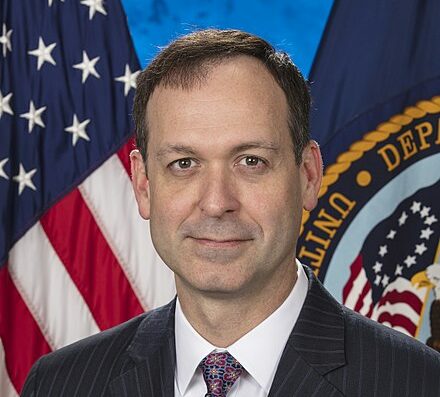A simple shirt with a powerful message was all it took for Delta Airlines to expose a profound misunderstanding about the invisible battles veterans face every day.
Last month, Marine Corps veteran Catherine Banks was asked to either change her clothing or get off her Delta flight from San Francisco because of the “threatening” message on her shirt.
That message was nothing more than a reminder of the tragedy of veteran suicide. Her shirt, from the Til Valhalla Project, offered a simple wish for all American Veterans: “Do not give in to the war within, end Veteran suicide.”
Mistakes happen every day, and Delta will hopefully address what led to this incident. Yet, it serves as a striking reminder of the vast distance between the reality faced by veterans who struggle with suicidal thoughts and the millions of Americans for whom this struggle is out of sight, even incomprehensible.
The gulf between is a serious hurdle to getting veterans the help they need. Veterans like Banks, along with and thousands of others, are working to raise awareness about the crisis of veteran suicide, which has increased by 11 percent since 2020 and claims the lives of 17 veterans each day.
Raising awareness about this epidemic should be seen as a refreshing attempt to unite all Americans, and a welcome break from the seemingly constant effort to divide us along cultural, racial, and political lines.
The men and women who stand up and serve this nation stand up for all of us, and talking about Veteran suicide is an attempt to reengage America on what service to country means, and how that service takes a toll on veterans’ mental health. This is not merely a “veteran issue” – it is a national responsibility to understand the toll that service takes on mental health and to offer support in every way possible.
But the Delta flight incident shows this country still isn’t getting it right. As veterans seek comfort and understanding from their fellow citizens, the issue is too distant for many Americans – just speaking about suicide can cause people to recoil or label it a “threatening” conversation.
How can we bridge the divide? As acting secretary of Veterans Affairs in the last Trump administration, I believe former President Donald Trump was on to something when he spearheaded a national public health campaign aimed at reducing veteran suicide.
Trump’s plan didn’t call for a giant expansion of the already large and growing U.S. Department of Veterans Affairs.
Instead, it called for collaboration across government levels, companies, non-profit organizations, faith and academic organizations, health workers, first responders and others to work together to help reduce the rate of veteran suicide. It was an all-hands-on-deck effort to ensure veterans are getting the help they need, and address issues like job loss, housing instability, and social isolation before they become insurmountable.
In an ideal world, we wouldn’t need a large-scale White House initiative to remind us that veterans fought for our freedoms, and Americans would offer unwavering support when they come home. But just a few short years after Trump’s effort to build support for this national initiative, the Delta flight incident showed us how quickly we strayed from this noble endeavor.
Trump said of veterans when he announced this effort four years ago: “They come home from these active battlefields and active places and, suddenly, they’re left sometimes alone. And they have a hard time with it. They fought our battles overseas and now; we must join them in winning this new battle at home.”
It’s my hope Trump’s reelection sets us back on the right path. But in the meantime, we can all do our part. When you see a shirt like the one Marine Corps veteran Banks was wearing, don’t recoil – engage, ask questions, and help build connections this country needs urgently between veterans and the citizens they swore to defend.
Together, we can narrow this divide, and ensure no veteran stands alone in the war within.






